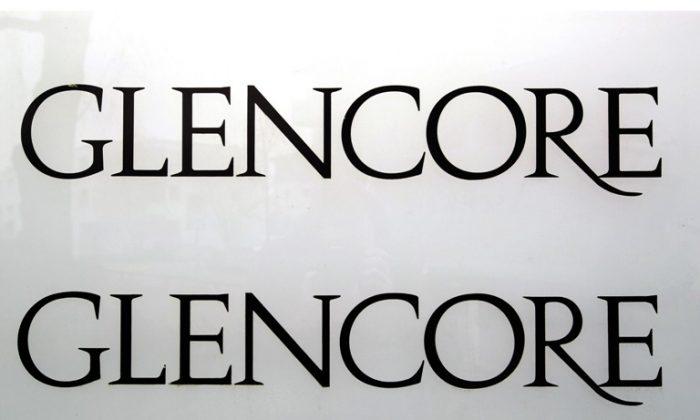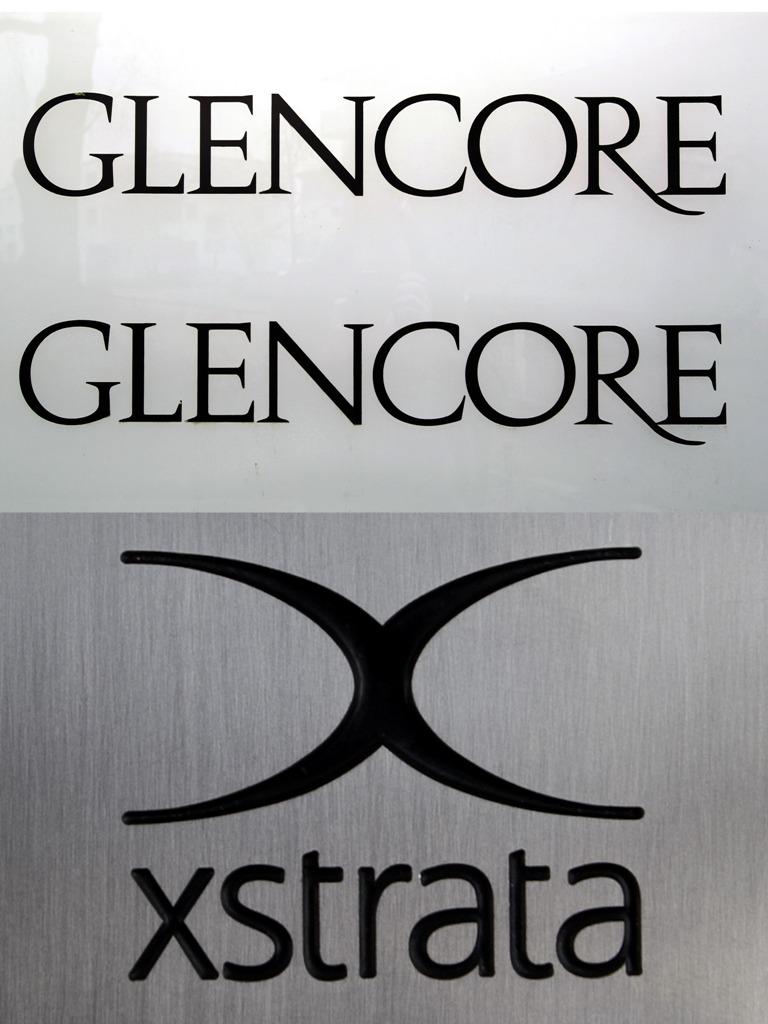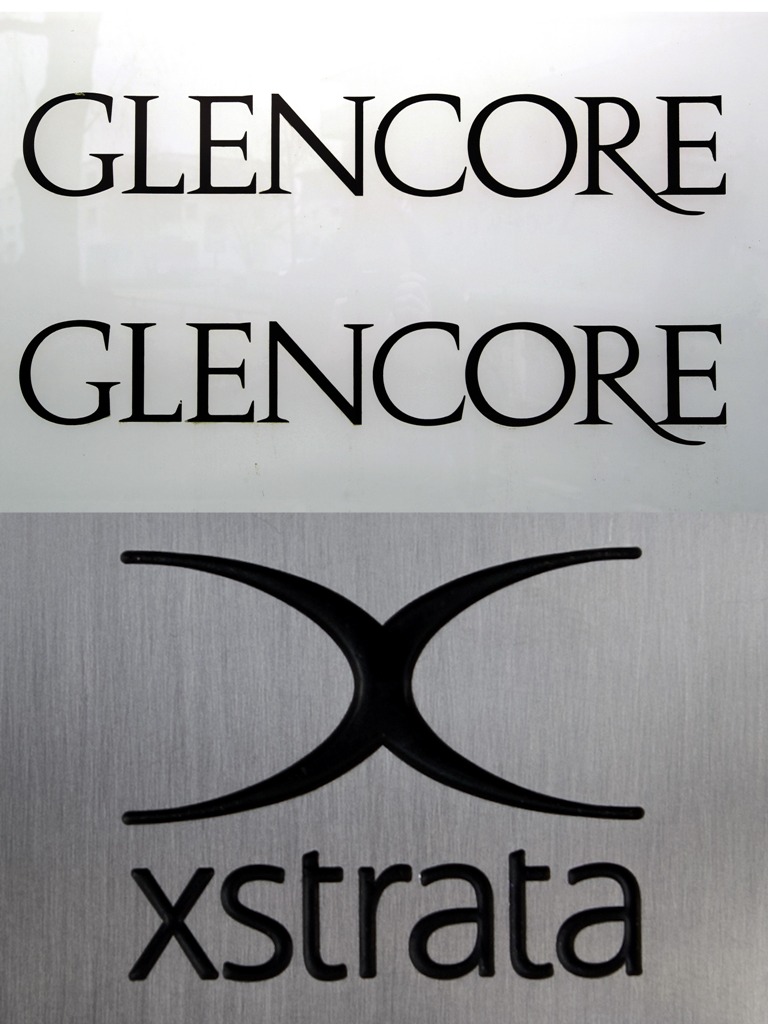Two commodity giants cleared a significant hurdle to complete the first megamerger in the sector since 2007, as mining company Xstrata’s independent board of directors approved a sweetened bid by commodity trader Glencore, Oct. 1.
Anglo-Swiss Glencore International, the world’s largest listed commodity trader with 2011 revenues of $186 billion, first disclosed the negotiations with Xstrata in February, after years of secret talks. Glencore is involved mainly in the processing, refining, transportation, storage, financing, and supply of metals and minerals. Xstrata, another Anglo-Swiss company, is the largest exporter of seaborne thermal coal, and has other significant mining operations, including metals such as copper, nickel, zinc, platinum, and lead, as well as alloys. Xstrata reported 2011 revenues of $34 billion.
“The strategic rationale for combining Xstrata and Glencore remains highly compelling. A merger will fuse the respective strengths of the two companies into a unique, vertically integrated natural resources group. It will also resolve Xstrata’s ownership structure in a way that I believe will create superior shareholder value as part of a larger, more diverse company with an enhanced ability to grow and create value for its owners,” said Xstrata CEO Mick Davis in a press release.
Glencore already holds a 34 percent stake in Xstrata, but during the summer, the talks stalled as some other shareholders—most notably the Qatar Investment fund, which owns 12 percent—thought the offer price was too low. They also believed that the newly proposed bonus structure was favoring Glencore managers and that Xstrata executives were likely to depart given the unfair treatment. Shareholders viewed the talent drain as a risk to the continued growth of the combined entity.
“Without the ability to retain key Xstrata managers to run the Combined Group’s mining operations through the revised management incentive arrangements, the Independent Xstrata Non-Executive Directors believe that the value proposition of the combined entity is at risk. This view was reaffirmed by major shareholders,” said Sir John Bond, Xstrata’s chairman in a press release.
New Scheme Overcomes Difficulties
Under the new plan, Xstrata shareholders will vote on incentive arrangements to retain key personnel and then vote to approve the merger.
Ivan Glasenberg, CEO of Glencore said: “We have always been in favor of the proposed retention arrangements to incentivize key Xstrata employees. Their commitment is vital as we look to capture the full synergy and value creation benefits of the transaction and realize the potential of both companies’ strong long-term organic growth plans.” Glasenberg will succeed Mick Davis as the CEO of the combined group six months after the merger becomes effective.
The other issue was the price, which is expressed in a ratio of how many shares of the new company Xstrata shareholders will receive. The first offer was 2.8 shares of the new company for every Xstrata share, only slightly higher than the market implied ratio of 2.59 before the merger was announced in February.
According to an HSBC report, shareholders were right to question this ratio, as the 66 percent of Xstrata’s share capital that Glencore did not yet own, would have contributed around 48–50 percent of net income for a fictional combined entity in 2011. A ratio of 2.8, however, would have given these shareholders only 44 percent of capital in the new entity.
“A move in the ratio from 2.8 to as high as 3.3 is unlikely to be readily volunteered, in our view, although purely on a share of net income basis for 2010/11, a ratio of at least 3.1 should apply,” says the report, which was published before the Oct. 1 announcement. HSBC also notes that Xstrata shareholders were not desperate to sell, as the company is in good shape and has a clear organic growth plan. Glencore was likely more willing to increase the bid because of benefits to its capital structure and balance sheet.
The new offer will be precisely 3.05 shares of the new Glencore company, valuing Xstrata at $51.5 billion and reconciling the difference in the contribution to net income. It represents a 25.5 percent premium to the last market implied ratio of 2.43 before the new sweetened deal was announced. Since Glencore already owns 34 percent, the value of the merger is only $34 billion, creating a company with a market cap of $75 billion, based on the combined worth of the separate entities.
On the basis of 2011 numbers, combined revenues will exceed $220 billion and the company is planning to realize synergies of $500 million–800 million.
Opposition to the Deal
Among those likely opposed to the merger under any terms include protesters from countries where Xstrata has unpopular mining operations, such as the Dominican Republic and Peru. Residents in Peru have been seeking compensation from Xstrata and other companies for alleged mining pollution, and two protesters have died there since May. In the Dominican Republic, a broad coalition of people is concerned about the threat of water pollution from proposed Xstrata dig sites in vital watershed areas. Back in Switzerland, demonstrators outside of a recent shareholder meeting in Zug held up signs reading, “Your money kills.”
China is also likely to be unhappy with the deal. The country is a major customer of both companies and may be worried about increasing commodity prices from a new combined Glenstrata.
Glencore’s stock closed down 0.13 percent Monday in London trading, while Xstrata shareholders appeared more optimistic—Xstrata shares gained 2.5 percent.
The Epoch Times publishes in 35 countries and in 19 languages. Subscribe to our e-newsletter.








Friends Read Free